68 percent of the nation's top retailers warn stagnant wages will hurt their bottom line

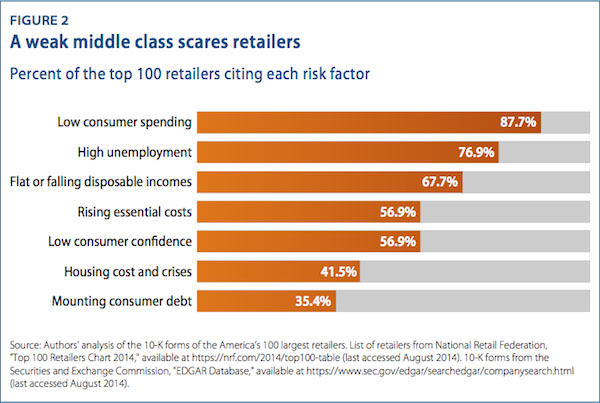
The nation's top retailers — think Home Depot, Starbucks, and The Gap — are experts at separating you from your money. They just wish you had more of it.
In a survey of the business "risk factor reports" companies are required to file with the Securities and Exchange Commission, the Center for American Progress found that 68 percent of the top 100 retailers in the U.S. cited "flat or falling disposable incomes" as a risk to their profits. Even greater percentages of top retailers were concerned about high unemployment and low consumer spending:
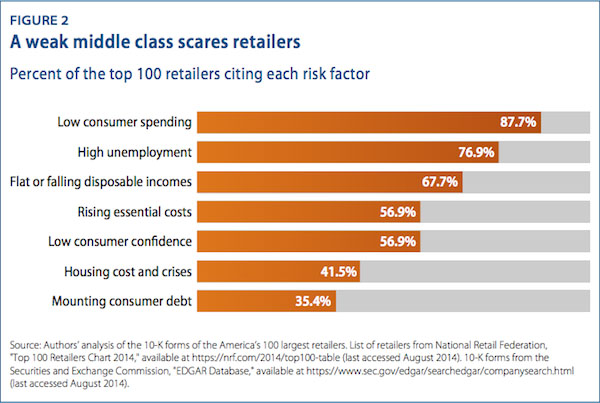
(Center for American Progress)
The Week
Escape your echo chamber. Get the facts behind the news, plus analysis from multiple perspectives.

Sign up for The Week's Free Newsletters
From our morning news briefing to a weekly Good News Newsletter, get the best of The Week delivered directly to your inbox.
From our morning news briefing to a weekly Good News Newsletter, get the best of The Week delivered directly to your inbox.
Overall, per capita retail sales have finally recovered to where they were before the Great Recession:
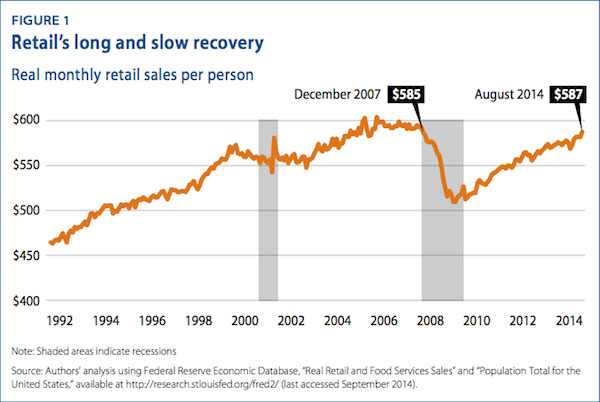
(Center for American Progress)
So why the concern from retailers? Mean household income is down 8 percent during a similar timeframe, and the cost of living for a family of four rose by $10,000 between 2000 and 2012. The combination of less income and a higher cost of living squeezes discretionary spending, leaving less purchasing power for most retailers' customer bases.
While the question of who's responsible for stagnant wages involves aspects of both economic policy and business investment, retailers may want to look in the mirror for part of the solution: As of May, 2013, the median hourly wage in the retail industry was $10.16 — just a few pennies above President Obama's proposed federal minimum wage of $10.10.
A free daily email with the biggest news stories of the day – and the best features from TheWeek.com
Mike Barry is the senior editor of audience development and outreach at TheWeek.com. He was previously a contributing editor at The Huffington Post. Prior to that, he was best known for interrupting a college chemistry class.
-
 Metaverse: Zuckerberg quits his virtual obsession
Metaverse: Zuckerberg quits his virtual obsessionFeature The tech mogul’s vision for virtual worlds inhabited by millions of users was clearly a flop
-
 Frank Gehry: the architect who made buildings flow like water
Frank Gehry: the architect who made buildings flow like waterFeature The revered building master died at the age of 96
-
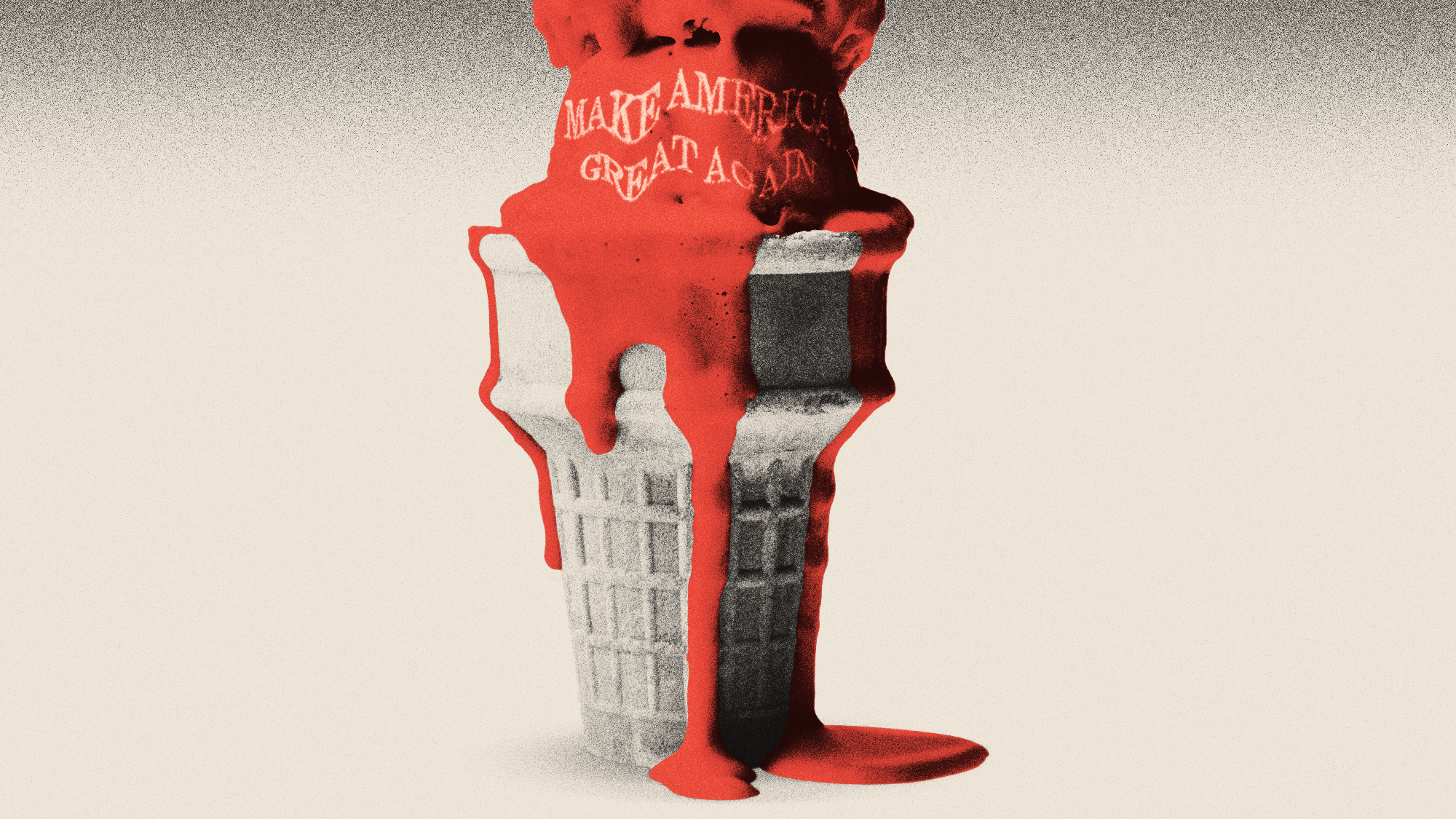 Is MAGA melting down?
Is MAGA melting down?Today's Big Question Candace Owens, Tucker Carlson, Laura Loomer and more are feuding
-
 Nobody seems surprised Wagner's Prigozhin died under suspicious circumstances
Nobody seems surprised Wagner's Prigozhin died under suspicious circumstancesSpeed Read
-
 Western mountain climbers allegedly left Pakistani porter to die on K2
Western mountain climbers allegedly left Pakistani porter to die on K2Speed Read
-
 'Circular saw blades' divide controversial Rio Grande buoys installed by Texas governor
'Circular saw blades' divide controversial Rio Grande buoys installed by Texas governorSpeed Read
-
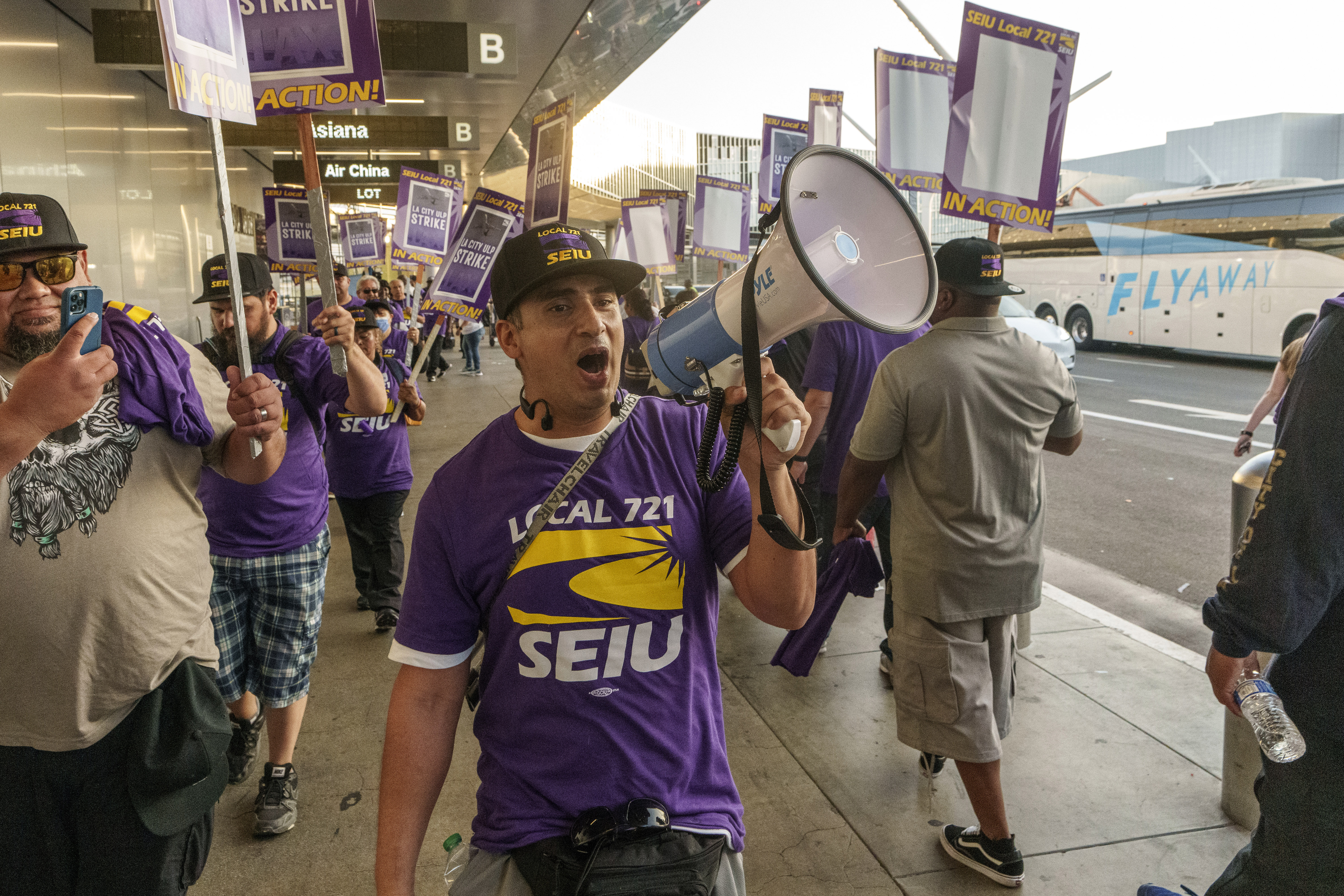 Los Angeles city workers stage 1-day walkout over labor conditions
Los Angeles city workers stage 1-day walkout over labor conditionsSpeed Read
-
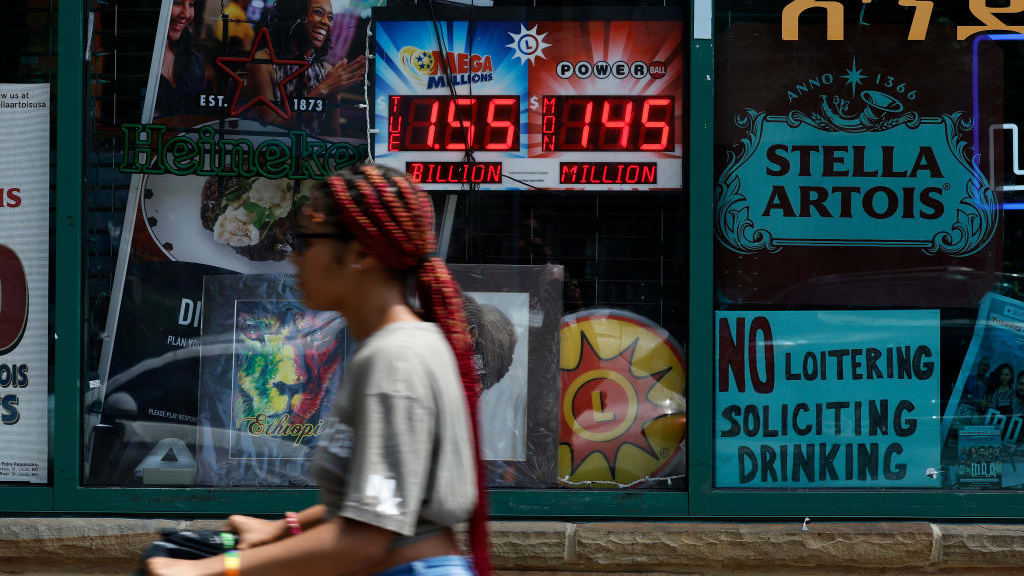 Mega Millions jackpot climbs to an estimated $1.55 billion
Mega Millions jackpot climbs to an estimated $1.55 billionSpeed Read
-
 Bangladesh dealing with worst dengue fever outbreak on record
Bangladesh dealing with worst dengue fever outbreak on recordSpeed Read
-
 Glacial outburst flooding in Juneau destroys homes
Glacial outburst flooding in Juneau destroys homesSpeed Read
-
 Scotland seeking 'monster hunters' to search for fabled Loch Ness creature
Scotland seeking 'monster hunters' to search for fabled Loch Ness creatureSpeed Read
